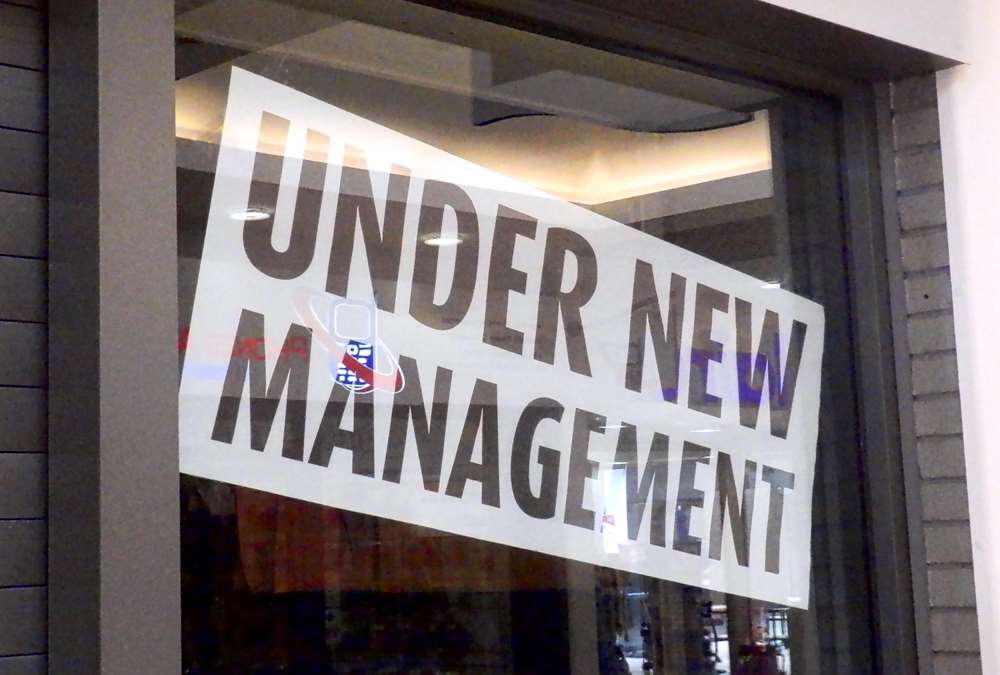- Home
- Business Processes
- Industry Knowledge
- Aerospace Industry
- Automotive Industry
- Banking Domain
- BFSI Industry
- Consumer/ FMCG Industry
- Chemicals Industry
- Engineering & Construction
- Energy Industry
- Education Domain
- Finance Domain
- Hospitality Domain
- Healthcare Industry
- Insurance Domain
- Retail Industry
- Travel and Tourism Domain
- Telecom Industry
- Leadership Skills
- eLearning
- Home
- Leadership Skills
- Strategy Tools
- Focus Areas for Change
Focus Areas for Change
Four main areas in an organization that need special focus when we discuss the change in an organizational setup are organizational structure, technology, work environment, and the people. Some people call it a process, system, and people. Change in an organization includes adapting to change, controlling change, and effecting change.
Organizational change results from the pressure of forces, which are both inside and outside the organization. The external forces like technology, nature of work, economic shocks, competitions, social trends, and politics necessitate a change in the internal organization like machinery, equipment, relationships, leadership and decline in profitability, etc. This organizational change is the alteration of the work environment in an organization which implies equilibrium between different components of the organization. In some way or the other change influences, the whole organization as the subunits or various departments in an organization are interrelated and interdependent.
Different sections or different departments of an organization are influenced by change differently and this influence may vary in its speed and degree. Usually, there are many changes occurring simultaneously in an organization. An effective management technique is thus required in order to deal with the changes. Four main areas in an organization need special focus when we discuss the change in an organizational setup, they are as follows:
Changing Organisational Structure:
With globalization, competition, and technological advancements, it becomes necessary that changes are made in the structure of the organization. Thus this one of the most important changes that can be brought about in an organization and the one that will call for planning and a lot of effort and involvement of management and employees at all levels. As standalone components, people, process, and technology are necessary for organizational transformation and management. To achieve organizational efficiency, you need to balance the three and maintain good relationships among them.
Sometimes the technology itself might require new styles of organization, new sills, and the upgrading of old ones. The number of operating sites may be reduced. People may find themselves performing totally new functions, which they may like or perhaps won't like, at least to start with. The only way to stay in business may be a merger or to be the subject of a takeover, friendly or hostile. With such ownership changes, another market, technological and organizational changes may follow. In some industrial, it is an endless cycle.
Changing Systems & Technology:
The changes in the marketplace give rise to specific happenings in the company. There will be the introduction of new technology, in order to reestablish price advantage, quality preeminence, or diversification into new products. There will be a decision to explore areas of the globe where you are not previously represented. Technology is the primary delivery route for virtually all value in a modern organization; all services are now, to some degree, enabled by technology. Technology and having the right systems in place is becoming more and more critical. Systems allow one to automate what would otherwise be manual reporting tasks, but, if managed correctly, they provide real-time information that can fundamentally change a business. The constant changes and improvements in technology present a new challenge. Technology is fast-changing and the organization has to keep pace with it in order to remain in business and survive the strong competition. Thus new machinery has to be bought or existing machinery has to be updated in the organization. This is a major change as, as per the technological advancements other changes like changes in structure, job positions, training programs, etc. have also to be made.
Changing Processes & Work Environment:
A process is a series of actions or steps that need to happen in order to achieve a particular goal. A company can have the greatest people and teams, but without the right processes, it becomes incredibly difficult to scale. The work environment is fast changing due to various reasons, as a result of diversity in the organization, changing technology, changes in the job market, etc. The launching of new products or mergers or acquisitions may also call for certain changes in an organization. Thus the organization has to keep track of such changes and develop measures to deal with them.
Changing People in the Organisation:
Every manager knows that people are the capital by which they get their results, and most of the time managers acknowledge this. Building teams allows us to effectively build global organizations that allow for seamless international coordination. Our ability to work together enables us to adapt to change, create uniform processes, and leverage our differences to blaze a path forward. Changes can also occur with regard to people in the organization, due to attitudes, values, beliefs. Changes can also be as a result of new recruitment, promotions, demotions, transfers, etc. may also take place and they are to be effectively dealt with.
Related Links
You May Also Like
-
Symbolic Interaction and Social Change
George Herbert Mead, an American philosopher, affiliated with the University of Chicago founded the theory of symbolic interactionism. A major aspect of this is that people interact by symbols both verbal and non-verbal signals and every interaction makes a contribution to the mental make-up of the mind thus every interaction with someone, changes you and you go away a different person signifying that humans and change go together.
-
In our present Hitech scenario, society is changing very fast. What are the skills that are most relevant for leaders in relation to the changing economic environment? Leaders need to develop skills to drive innovation and change in order to play a more central role in their organizations’ activities. How do managers accept the change and meet business expectations by becoming a key figure in driving change and innovation?
-
Listening is the foundation for good communication. It is also the hardest skill to master. Do you listen to confirm what you already know, or do you listen to explore and learn new things? How can we create receptive communication as a listener? The real art of listening involves awareness and sensitivity to the feelings of the speaker because it is at the feeling level that genuine connection, relationship, and healing occurs.
-
Concept & Definition of Stress
Stress is a popular expression used by people in day to day life. Pressures of day to day living sometimes necessitate coping or dealing with them and stretch the body beyond its natural capacity. They are called stressors. Stress is a natural, ongoing dynamic, and interactive process that takes place as people adjust to their environment.
-
Thinking & Problem Solving Skills
Today's dynamic business world demands that you make decisions that significantly boost productivity and drive competitive advantage. But how do you know whether a decision will benefit the organization? And how do you know that the decisions are based on rational and statistical reasoning? Explore how to become a dynamic problem solver with the skills to make accurate decisions.
-
Recognizing Stress & its Sources
As an individual, you almost certainly know what stress feels like. Stressors are events or situations to which people must adjust. Stressors may be physical or psychological in nature. The level of severity of stress is determined not merely by exposure but the intensity, duration, and frequency of stressors. The sources of stress are many. They arise from multiple areas both with the individual and from the environment.
-
Communication has as its central objective the transmission of meaning. The process of communication is successful only when the receiver understands an idea as the sender intended it. How does a message or an idea travel from one person to another? To transmit our message, we engage in a sensitive and complex process of communication, with different elements like sender, message, channels, receiver, noise, and feedback.
-
A manager or an employee in an organization who is experiencing a high level of stress may develop high blood pressure, ulcers, irritability, difficulty in making routine decisions, loss of appetite, accident proneness, and the like. These can be subsumed under three general categories, physiological, psychological, and behavioral symptoms. Stress can give rise to a number of changes.
-
All the teams are dynamic in nature and they take time to come together, they form, develop, and grow in stages, over a period of time. Teams go through five progressive stages: Forming, Storming, Norming, Performing and Adjourning. In this article, we want to introduce you to these stages of team development and certain strategies that you can use to help the team grow and develop in each of these stages.
-
Charles Darwin had once commented that “It is not the strongest or the most intelligent who will survive but those who can best manage change.” Agility means the capability of rapidly and efficiently adapting to changes and recently, agility has been applied in the context of software development, agile enterprise, and agile leadership. Agile leaders play an important, even essential, role in scaling agility in an organization. Understand how being an agile leader helps in effectively catalyzing organizational change.
Explore Our Free Training Articles or
Sign Up to Start With Our eLearning Courses

About Us
Learning
© 2023 TechnoFunc, All Rights Reserved










